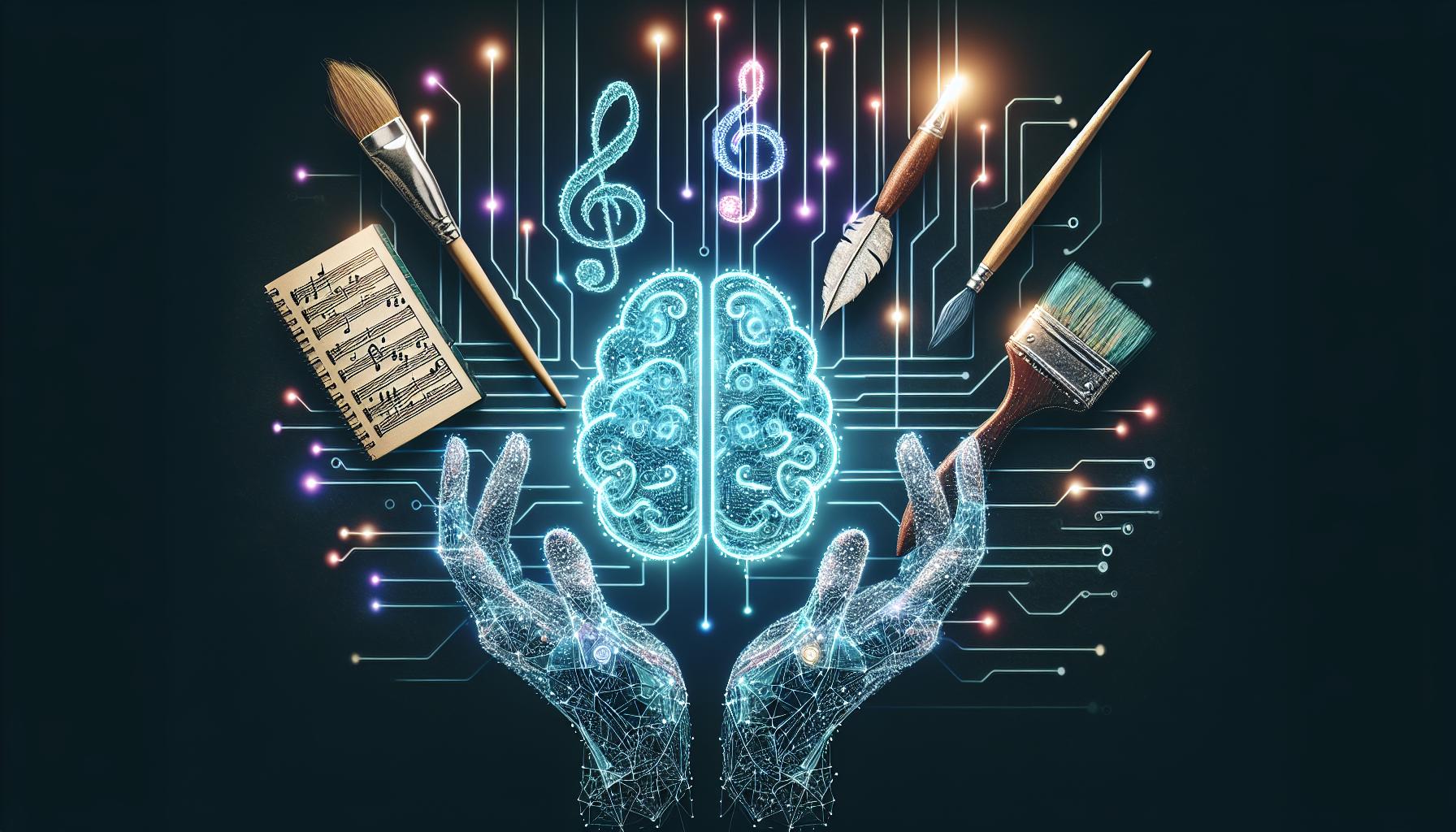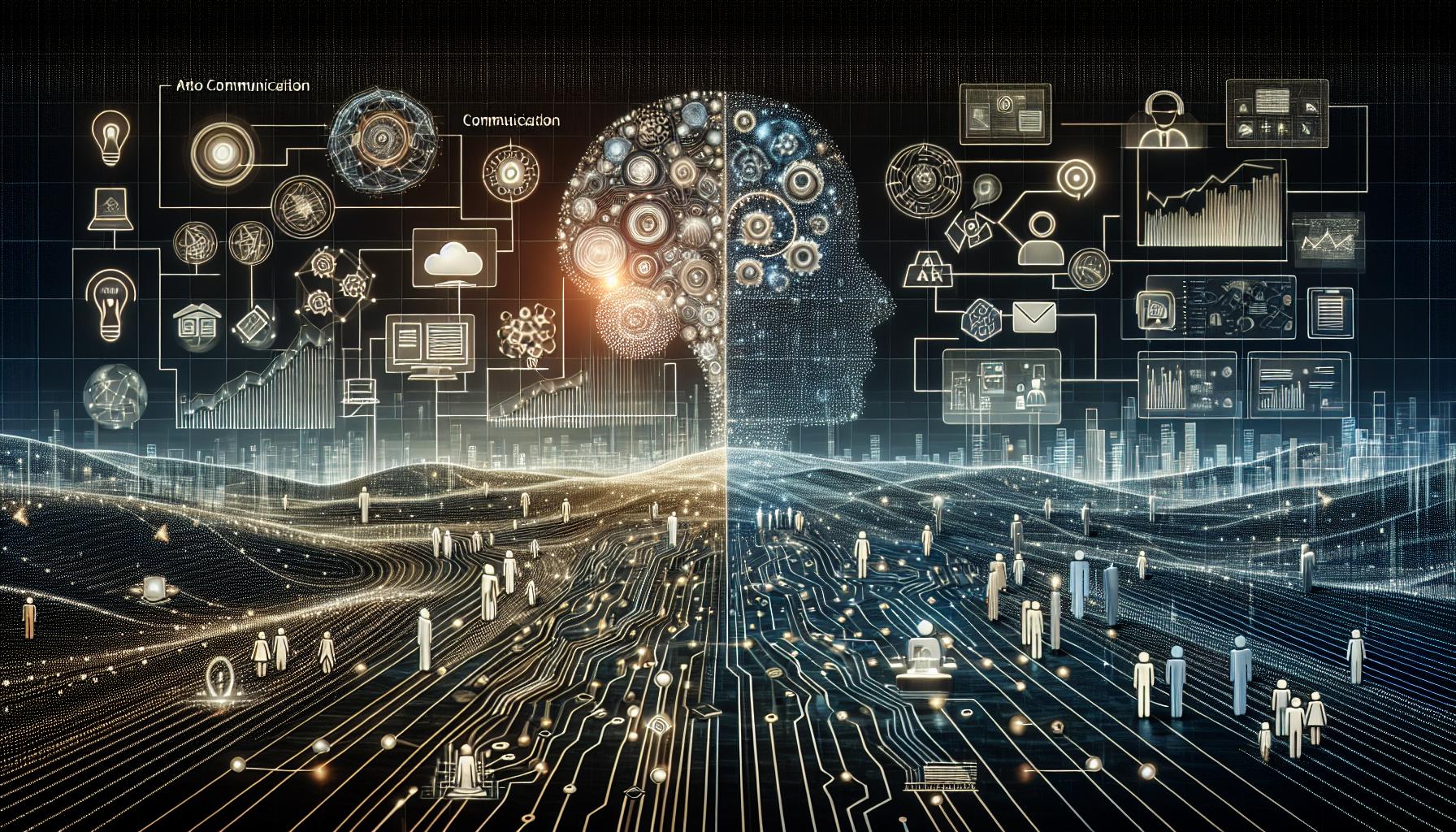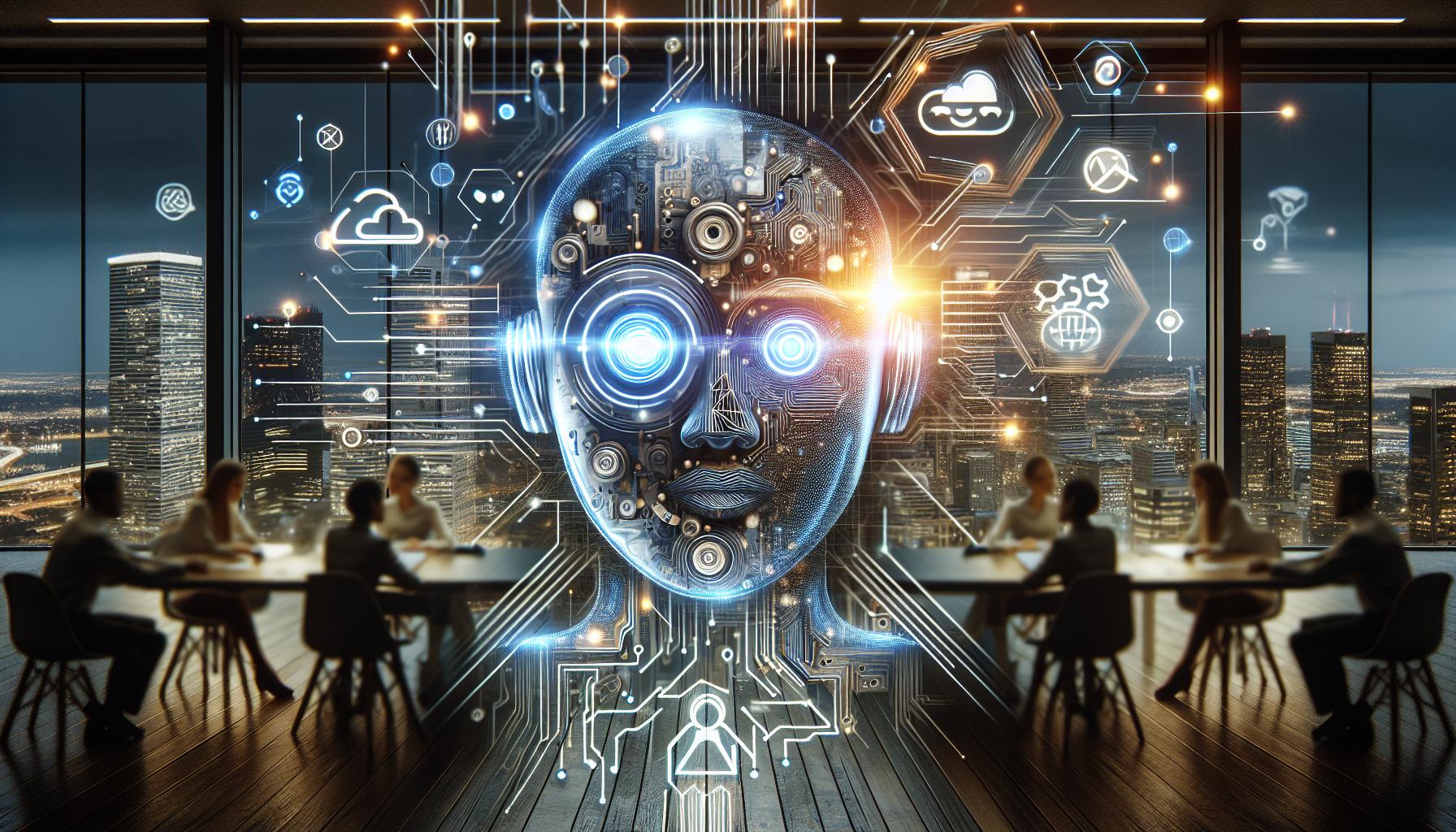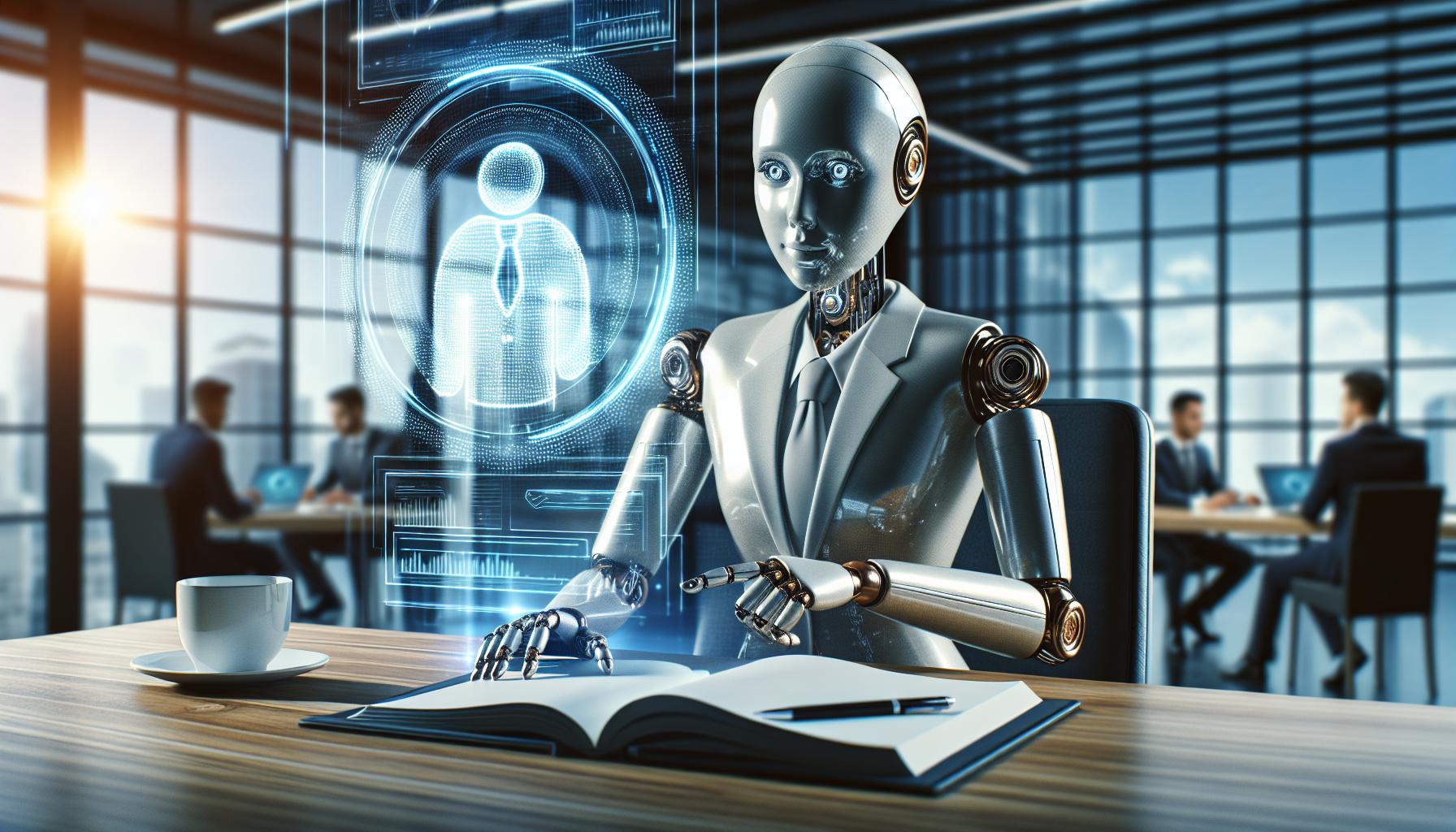How AI Enhances Creativity in Music, Art, and Writing: Beyond Human Imagination

Introduction
The fusion of technology and creativity is creating waves across multiple industries. One area that stands out is the use of Artificial Intelligence (AI) to enhance human creativity. In the realms of music, art, and writing, A.I. tools can analyze vast amounts of data to offer suggestions and combinations that might not be immediately apparent to human creators. This not only saves time but also expands the horizons of creativity. Whether it's suggesting novel chord progressions to musicians, new styles to artists, or plot ideas to writers, A.I. is playing a pivotal role in shaping the future of creative expression.
AI in Music: Crafting Harmonious Innovations
Music is often seen as the ultimate form of human expression, driven by emotions and personal experiences. However, A.I. is revolutionizing this field by offering fresh perspectives. By analyzing countless musical compositions across various genres and styles, A.I. can suggest innovative chord progressions and melodies that might elude even the most experienced musicians.
For instance, A.I. tools can identify patterns and structures in existing music, generating unique chord sequences that can inspire musicians to explore new musical territories. These suggestions can then be adapted and enriched with personal nuances, resulting in compositions that are not only innovative but also deeply emotional. This symbiotic relationship between A.I. and human creativity allows musicians to push the boundaries of musical expression, crafting harmonies that resonate on a deeper level.
AI in Art: A Canvas of Infinite Possibilities
In the world of visual arts, the influence of A.I. is equally transformative. Artists often seek to break conventional boundaries, and A.I. tools offer a myriad of possibilities by analyzing extensive datasets of artworks, styles, and techniques. By doing so, these tools can suggest new and exciting combinations that might not have been considered before.
Imagine an artist whose forte is impressionism but is curious about incorporating elements of abstract art. A.I. can analyze both styles, offering a fusion that aligns with the artist's vision. This results in a unique piece of art that stays true to the artist's core style while integrating innovative elements suggested by AI. Such collaborations can lead to groundbreaking artworks that captivate audiences and push the limits of artistic imagination.
AI in Writing: Crafting Compelling Narratives
Writing is another field where A.I. is making significant strides. Writers often face creative blocks or struggle to develop compelling plots. A.I. tools analyze extensive literary works to suggest plot ideas, character developments, and even narrative styles, broadening a writer's creative horizons.
For example, a writer working on a mystery novel might find it challenging to come up with a believable plot twist. By analyzing thousands of other mystery novels, A.I. can identify common patterns and unique twists that have captivated readers, offering suggestions that can serve as a foundation. Writers can then build on these ideas, embedding their unique voice and creativity into the narrative, resulting in a story that is both innovative and authentic.
The Human-AI Synergy
It is essential to understand that the integration of A.I. in creative fields is not about replacing human creativity but rather complementing it. A.I. offers data-driven insights and endless possibilities, but it is the human touch that infuses these ideas with emotion, experience, and originality. This synergy leads to work that is not only innovative but also deeply resonant with audiences.
AI tools act as collaborative partners, offering suggestions that can spark an artist's imagination. The resulting creations are the perfect blend of computational precision and human emotional depth, creating art that speaks to the soul.
Conclusion
Artificial Intelligence is proving to be a powerful ally in the creative process across music, art, and writing. By analyzing vast amounts of data, A.I. can propose new combinations and ideas, acting as a wellspring of inspiration for creators. Musicians discover new chord progressions, artists explore unique style fusions, and writers develop groundbreaking plots, all while preserving their unique creative essence. The harmonious blend of A.I. and human creativity is not just expanding the horizons of what is possible but also enriching the quality and diversity of artistic expression. As we continue to explore the potential of A.I. in creative fields, it is clear that this technology can help us reach new heights of innovation and emotional depth.




